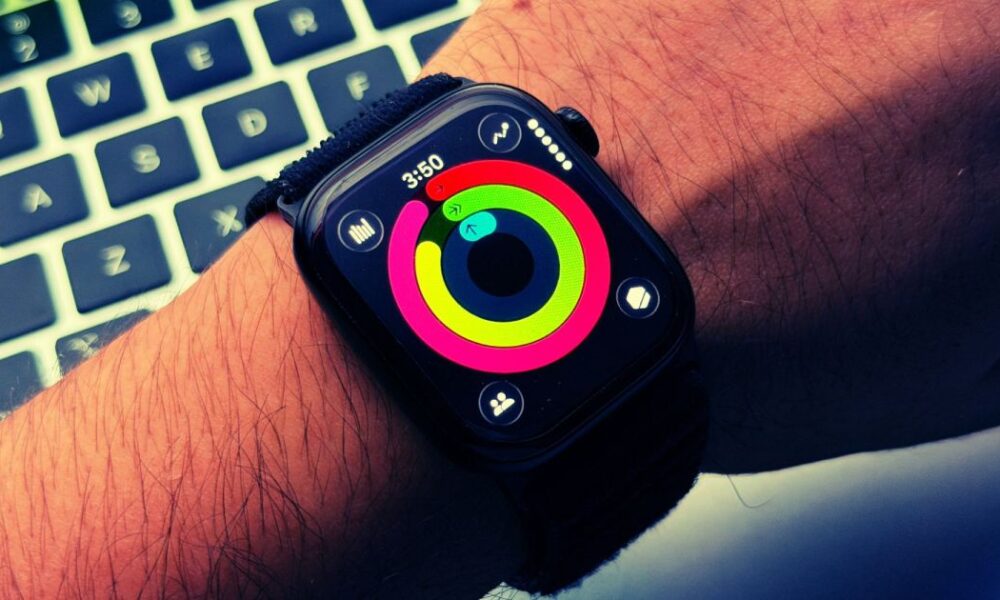The introduction of the Apple Watch Series 11 has brought significant changes in how users experience fitness tracking, particularly in alleviating feelings of anxiety associated with wearables. After using the device for a month, many users, including one individual who transitioned from the Apple Watch Series 9, report feeling less pressured to meet fitness goals. This shift is largely attributed to the new feature known as Workout Buddy, which offers personalized encouragement during workouts.
The Workout Buddy feature provides motivational prompts throughout various physical activities. Users receive updates on their progress, including when they start, during the workout, and at the end. The system employs an AI voice model that delivers supportive messages, creating a sense of companionship that many users find beneficial. Unlike other fitness trackers that may induce stress about meeting targets, the Apple Watch focuses on positive reinforcement, helping to reduce anxiety while maintaining a commitment to fitness.
Research indicates that “wearable anxiety” is a documented phenomenon. A sprinter from Syracuse University noted, “When I forget to wear it, I feel like I didn’t accomplish a goal.” A study conducted by the Department of Medicine, Division of Cardiology at the University of North Carolina and Yale School of Medicine highlighted concerns about how smartwatches can contribute to anxiety surrounding health monitoring. With the wealth of data offered by these devices, there is a risk that users may develop an unhealthy obsession with tracking their fitness goals.
Reducing Daily Stress and Improving Battery Life
The Apple Watch Series 11 not only addresses psychological aspects of fitness tracking but also improves practical usability. One significant enhancement is the battery life, which has increased from a typical 18 hours to a robust 24 hours per charge. This improvement alleviates the need for frequent charging, allowing users to engage fully in fitness activities and sleep tracking without interruption.
Users can now wear the watch throughout the day without the anxiety of needing to charge it multiple times. Charging only in the morning allows for continuous use, which has been a welcome change for many.
In addition to these advancements, the recent update to watchOS 26 introduced a new Sleep Score system. This feature simplifies sleep analysis by rating sleep quality on a scale of 1-100, combining both qualitative and quantitative data. The score makes understanding sleep patterns more accessible for the average user, providing a clearer overview of sleep health without overwhelming technical details.
Encouraging a Healthier Relationship with Technology
The overall objective of smartwatches is to facilitate health and wellness tracking. The Apple Watch Series 11 and its features, such as Workout Buddy and the Sleep Score, represent a significant step toward achieving this goal. Users are finding that these enhancements contribute positively to their mental health, helping to dissolve the tension that often accompanies fitness tracking.
Mental health service provider Thriveworks warns that excessive reliance on smartwatches can blur the lines between achieving fitness goals and developing anxiety. Yet, with features that promote encouragement rather than pressure, the Apple Watch is helping users approach their health journeys with a renewed sense of calm.
As technology continues to evolve, the importance of promoting a healthy relationship with fitness tracking devices becomes increasingly clear. The Apple Watch Series 11 exemplifies how thoughtful design can mitigate the stress often associated with wearable technology, ultimately making health tracking a more enjoyable endeavor.







